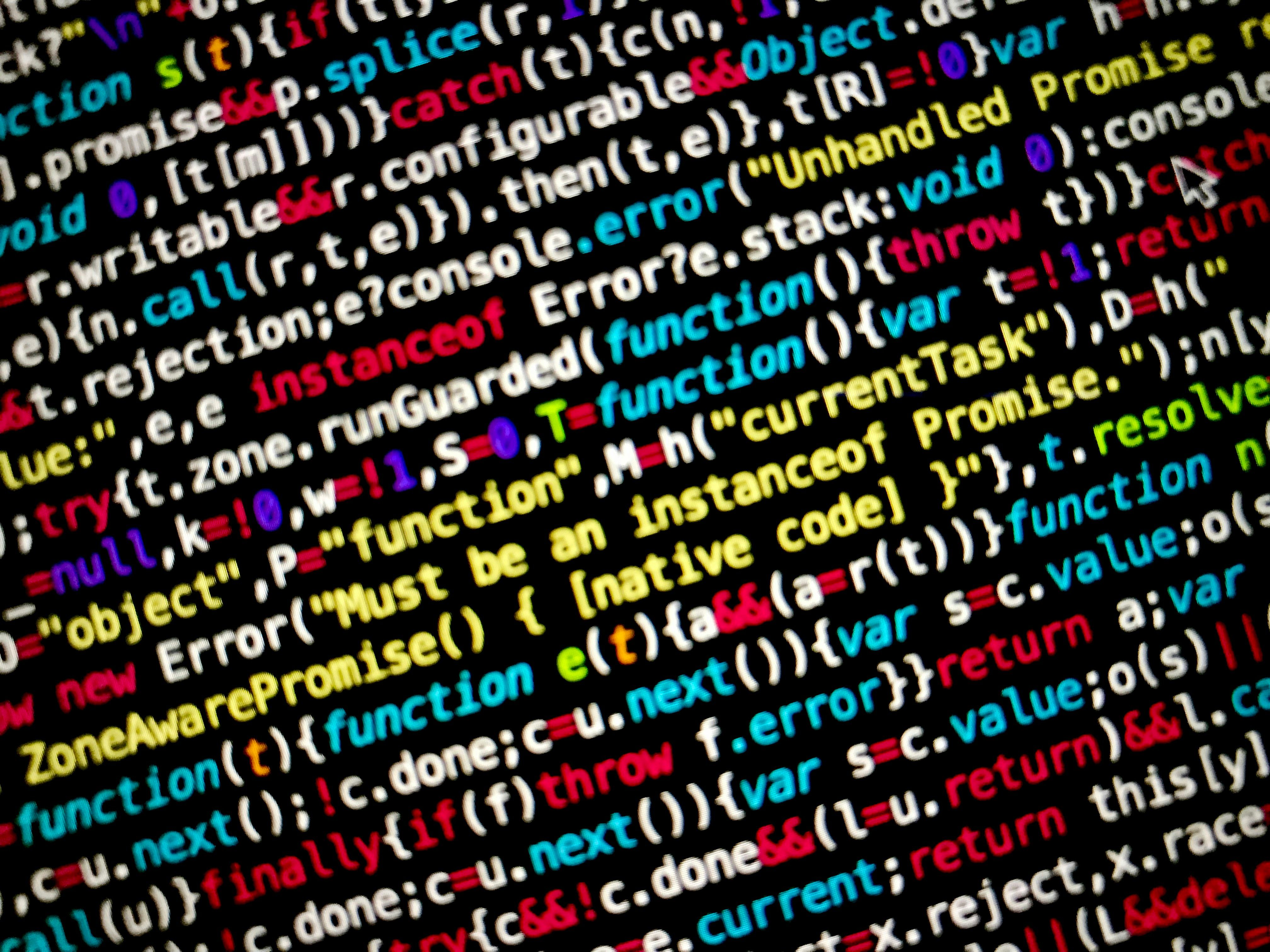IoT Applications in Healthcare: Practical Uses and Advantages in the Real World
The global digital health market is projected to grow from $180.2 billion in 2023 to $549.7 billion by 2028 at an impressive annual rate of 25%, a testament to the role IoT applications play in transforming healthcare systems worldwide.
Healthcare facilities are increasingly relying on smart technology to monitor patients, manage hospital operations, and ensure safe environments. The integration of IoT encompasses advanced wearable devices, connected medical equipment, and environmental sensors providing doctors, patients, and hospitals with actionable insights, improved care, reduced costs, and increased safety.
At our website, we have been diligently developing IoT solutions, aiming to address challenges within the healthcare industry. We shall now explore the crucial IoT applications in the digital health sector, their advantages, and their current implementation.
Understanding IoT in Digital Health
IoT in healthcare represents a network of intelligent devices collecting, processing, and transmitting vital health data in real-time. These devices encompass advanced wearable devices tracking vital signs, connected medical equipment for accurate diagnostics, and various environmental sensors ensuring controlled conditions within hospitals.
With IoT platforms processing and sharing this data, doctors are provided with valuable insights to make informed decisions, enhance patient care, and boost operational efficiency throughout healthcare systems.
Let us now dive into the most impactful IoT applications in digital health, exploring how IoT technology addresses real-life challenges.
Top IoT Applications in Digital Health
1. Remote Patient Monitoring
Managing chronic conditions or recovery at home becomes more manageable with IoT wearable sensors. These devices provide doctors with real-time data on vitals such as heart rate, oxygen levels, body temperature, and respiratory patterns, allowing for quick response to any issues and ensuring prompt care for patients.
For example, our website's EBEAT Continuous Health Monitor focuses on respiratory health and activity levels, ideal for patients requiring continuous care without constant hospital presence.
Key benefits of this application include reduced unnecessary hospital visits, improved chronic disease management, and time savings for both patients and doctors.
2. Smart Hospitals and Clinics
Maintaining a safe, clean hospital environment is vital for patient health. IoT sensors contribute significantly to monitoring air quality, temperature, humidity, and CO2 levels, particularly in critical units like operating rooms and ICUs.
Our website's BREEZE Indoor Air Quality & CO2 Sensor optimizes indoor air quality and temperature control while continuously monitoring CO2 levels, minimizing infection risks and ensuring a comfortable atmosphere for patients and staff.
Advantages of this application include maintaining clean, infection-free environments, reducing the risks of airborne diseases, ensuring proper ventilation, and enhancing patient comfort and safety.
3. Emergency Response with IoT Wearables
Quick action can save lives in emergencies. IoT-enabled panic buttons provide immediate access to assistance, improving safety and response times within healthcare facilities.
For instance, our website's FINCH Panic Button is designed for use in hospitals, care homes, and clinics, enabling users to trigger alerts instantly for hospital staff to address emergency situations such as patient falls, urgent health concerns, or security incidents.
Key benefits of this application include improved safety within healthcare facilities, decreased response times, and a peace of mind for patients, caregivers, and healthcare staff.
4. Vaccine and Medicine Storage
Proper storage of vaccines and medication is crucial for their effectiveness. IoT sensors monitor temperature and humidity in storage areas to ensure medications remain safe and within approved conditions. In case storage parameters fall outside the recommended range, real-time alerts alert healthcare providers to take swift action.
Our website's TUNDRA Cold Room Temperature & Humidity Sensor consistently tracks temperature and humidity in storage units with excellent accuracy and reliability, ensuring proper storage for vaccines and medications even in challenging environments.
Benefits of this application include maintaining storage quality for vaccines and medications, complying with storage safety regulations, saving costs through preventing waste, and guaranteeing peace of mind for healthcare providers.
5. Predictive Analytics and Healthcare Insights
IoT devices collect large amounts of data that can provide important health insights, helping healthcare providers make informed decisions. Predictive analytics analyze this data to discover valuable patterns, improving care in ways previously unimaginable.
For instance, our website's EDOCTOR Respiratory Health Monitor continuously tracks key health metrics, including body temperature, respiration rate, chest expansion, body position, and heart rate, enabling doctors to detect potential issues at an early stage and implement timely intervention, enhancing overall patient care.
Benefits of this application include detecting early signs of illness, predicting health trends and potential outbreaks, and improving resource planning.
6. Medical Asset Tracking with IoT Devices
In busy hospitals and clinics, locating critical medical equipment can be time-consuming and frustrating. IoT-based asset tracking solutions pinpoint devices quickly in real-time, improving hospital efficiency and patient care.
By attaching small tracking sensors to assets, hospitals can track location, usage, and availability instantly, minimizing downtime, preventing losses, and allowing staff to focus on patient care rather than searching for equipment.
Our website's SPARROW Asset Tracker ensures quick, real-time tracking of medical assets, optimizing device management within hospitals and clinics.
Benefits of this application include reducing time wasted searching for critical equipment, preventing loss or theft of costly medical devices, and improving hospital workflow and resource management.
The Benefits of IoT's Data in Digital Health
Benefits of implementing IoT solutions in healthcare include improved patient care, cost savings, and streamlined operations:
- Improved Patient Care: Real-time data enables doctors to monitor patients remotely, facilitating fast decisions and better results.
- Cost Savings: Reduced hospital visits, better management of chronic illnesses, and time savings for doctors lessen healthcare expenses and free up resources.
- Operational Efficiency: IoT optimizes air quality, occupancy, and temperature, ensuring safe enviroments while reducing energy consumption.
- Accessibility: Remote monitoring and consultations bring high-quality care to underserved areas and rural locations.
- Preventive Care and Health Insights: Health data allows healthcare providers to detect early signs of disease, ensuring timely interventions and preventative care.
- Asset and Equipment Tracking: IoT tracking tools guarantee immediate equipment location, minimizing downtime and improving hospital workflows.
- Enhanced Patient Safety: IoT wearables and panic buttons enable quick responses to emergencies, bolstering patient and staff safety.
- Improved Medication Management: IoT reminders encourage patients to adhere to their treatment plans, decreasing complications and improving recovery.
With over 15 years of expertise in wireless technology, our website offers innovative, reliable, and practical IoT solutions for healthcare. From advanced health monitors to environmental sensors and asset trackers, our portfolio ensures long battery life, high performance, and cost efficiency to meet the challenges faced by healthcare providers.
Challenges and Solutions in Implementing IoT in Healthcare
IoT presents several challenges for healthcare providers, including data security, integration issues, high upfront costs, battery life concerns, and complex infrastructure requirements. However, our website addresses these issues with robust security measures, seamless integration options, cost-effective solutions, and long customer battery life for our devices.
We prioritize building trust with our customers by delivering dependable, high-quality technology our customers can count on while focusing on providing exceptional patient care.
Conclusion
In conclusion, IoT applications in healthcare offer incredible opportunities to transform the way patient care and hospital operations are managed, improving outcomes while reducing costs. Explore how IoT can bring value to your patients, staff, and business, and let us help you embark on this exciting journey. Our team at our website is ready to help you make informed decisions, find the perfect solutions for your unique needs, and conquer the challenges of the digital health revolution.
Remote monitoring through IoT wearable sensors allows doctors to track patients' vital signs in real-time, enabling prompt care and reduced hospital visits. With our EBEAT Continuous Health Monitor, respiratory health and activity levels are monitored, ideal for patients requiring continuous care without constant hospital presence.
Remote patient monitoring improves chronic disease management and reduces unnecessary hospital visits, ultimately saving both patients and doctors valuable time. Hospitals engage in remote monitoring to offer better care with the integration of IoT sensors, transforming healthcare and making it more accessible across the globe.







